#BmwI3
LAPD's Green Fleet Goes Back On Sale
In 2014, Mayor Eric Garcetti wanted to show Los Angeles that he would take an active role in spearheading “environmental justice,” announcing several initiatives to combat the city’s notorious air pollution.
One of those efforts involved transitioning government-owned fleets towards battery power and hybridization. By the following year, the LAPD announced it was ready to consider contracts with various automakers ready to help provide the non-emergency administrative unit (which was new at the time) with a fleet of environmentally friendly vehicles.
BMW ultimately won out, resulting in a fleet of i3 hatchbacks — some of which were painted and given lights for traffic enforcement duties or other light police work (e.g. community outreach). The leasing agreement kicked off in 2016 and ultimately cost taxpayers over $10,200,000 when combined with the charging infrastructure that had to be installed to support them. But the department and the mayor started taking heat after the public learned the vehicles were hardly ever used for police business, resulting in a minor scandal.
Notifying the world that the program seems to have been a massive waste of resources didn’t change anything, however. Most vehicles saw little use through 2019 and many are now being sold by the dealership that initially leased them to the LAPD.
More Expensive, Less Practical: BMW Debuts Luxury I3 'Urban Suite' at CES
BMW will debut a new version of its very green i3 EV at the Consumer Electronics Show (CES) next week. The compact hatchback has been reimagined for the future — and BMW’s future is one of less usability and much greater expense. You’ll need hired help.
BMW Says No Successor Planned for I3 Hatchback
BMW’s i3 has reached the end of its road. The manufacturer recently stated that the model will not be updated, adding that there’s no plan for a successor. Despite the oddball Bimmer serving as the technological basis for the Mini Electric slated to launch next year, the i3 is going to stick around in its current form until the company has no further use for it.
Released in 2013, the i3 was Bavaria’s first stab at a mass-market EV. While this author sees them routinely parked in coastal cities, they’re an anomaly elsewhere. Overt success has eluded the model in the United States, with annual sales dropping from a high of 11,024 units in 2015 to just 6,117 deliveries in 2018. This year’s U.S. sales look to be even weaker for the model.
Fortunately for BMW Group, European sales have been on the rise every year since the car’s introduction. Last year, that resulted in 24,252 deliveries for the region — with 2019 already positioned to surpass that figure easily.
Automakers Need to Start Worrying About the Batteries Lurking in Older EVs
After a few years, most of us begin to notice our smartphones have developed an inability to hold a charge like they used to. The fix used to be pretty simple, no worse than swapping a couple of AAs into the remote. Order a new battery online, pop off the back of the device, and replace the run-down cell with a fresh one. Unfortunately, this simple act grew more difficult as manufacturers gradually decided to seal off access to your phone’s internals — mimicking the plight facing EV owners whose energy source is losing capacity.
A number of electric vehicles in the United States are about to celebrate their 10th birthday. A bunch of them are Nissan Leafs, the first mainstream BEV made widely available in the U.S. market. At the same time, customers have begun complaining about diminished range, with some asking for a battery refurbishment program like the one enjoyed by customers living in Japan.
So far, the best they’ve received is a confident “maybe” from the manufacturer. It might behoove them to expedite things and pull the trigger. Automakers are running behind in terms of establishing a global solution to aging EV batteries, and they’re risking a lot by not already having one in place.
BMW I2 to Become Company's First Jointly-developed EV With Daimler
The unlikely alliance between BMW and Daimler, solidified earlier this year, is in the opening stages of producing something tangible. The duo are already said to be working on a joint platform for electric vehicles, which the German business publication Manager Magazin claims will underpin a new EV from BMW.
Called the i2, the battery-powered subcompact is to be slotted beneath BMW’s existing i3. While rumored to be similar in size, the i2 will abandon the i3’s carbon fiber body in an attempt to minimize costs and broaden appeal. Daimler would follow by producing its own version, likely using Mercedes-Benz’s EQ sub-brand.
Say Goodbye to the Two-cylinder BMW
An altogether odd BMW model will drop one of its peculiarities for the 2019 model year, the automaker has announced.
The i3 — a short, tall, electric vehicle boasting clamshell doors, ultra-narrow wheels, and an optional eucalyptus parcel shelf dash — will dispense with the range-extended REx variant when the new model arrives. In doing so, the i3 drops the availability of a repurposed 637cc two-cylinder motorcycle engine designed to keep the car moving after its battery taps out.
Faltering BMW I3 Gets Bigger Battery, Better Range for 2019
Originally dubbed the “Mega City Vehicle,” BMW’s i3 garnered a lot of positive attention for its modern styling and adherence to alternative-energy powertrains when it launched in 2014. This did not translate into sales, however. As its former name implies, the i3 isn’t incredibly useful outside of an urban environment due to its meager range. Customers seem to have noticed. Despite moving 11,024 units in the United States in 2015, BMW looks to be on pace for half that volume this year.
For 2019, the automaker is offering the little EV with a new 42.2-kWh battery, which Bimmer says is good enough for 153 miles of all-electric driving. That’s a significant improvement over the the current 33-kWh model’s 115 miles of electric range and an absolute triumph over the i3’s initial 60 Ah (roughly 18.8 kWh) cell, which was only good for about 80 miles.
Going for the Gold: BMW Starlight Editions Get 24-Carat Paint Job
There have been more than a few special editions of the BMW the i3 and the i8, usually incorporating some kind of special paint scheme. We’ve seen the hybrid coupe in Protonic Frozen Black, Protonic Yellow, and Protonic Red in the past. But now BMW is tapping its paint partner Toplac to create something beyond the pale — a pair of one-offs sprayed in 24-carat gold.
Though BMW’s scheme is actually fairly easy on the eyes, there just something irksome about a gold car. Gold-wrapped exotics are growing in popularity and usually the easiest way to spot the person you’ll most want to choke at a car meet. For example, YouTube prankster and New Jersey stereotype Coby Persin would frequently motor his own gold-covered BMW i8 into New York City to procure some unnecessary attention. In 2016, that vehicle was double parked on a busy Manhattan street with Persin sitting on the hood when an “angry motorist” came and hit it once on the windshield with a baseball bat.
What Becomes of BMW's I-Cars After 2020?
BMW always hinted that the first round of electrified vehicles populating its i sub-brand were developed to dazzle consumers with tech and probe the market’s willingness for EVs. The company is now developing two new models for the group: the iNext crossover and i4 sedan. However, both vehicles are in the midst of development and are likely to take a while to get to market. Furthermore, the brand has said it will use modular architecture kits on all models for at least the next 10 years.
That leaves the i3 and i8 in a slightly awkward position. Launched in 2014, both cars will need to remain relevant over the next few years while BMW preps the next batch of EVs. But the automaker’s continued reliance on flexible platforms that can handle gasoline and/or electric drivetrains isn’t likely to bode well for them in the aftermath. As experiments, neither model is guaranteed to persist far into the 2020s — at least not as we know them today.
TTAC Hot Takes: In the Wake of NAIAS, There's No More Tie
(TTAC Hot Takes are video roundup posts which will occur whenever we can get Michael Accardi into hair and makeup. These posts are a mandate of our VerticalScope overlords, who are fascinated with the new video medium of YouTube. Watch our other videos here.)
This week, Michael summarizes all the best news bits from January 17th through the 24th, and we highlight some Premium Selects from the B&B comments section.
LAPD's Multi-million Dollar Electric Fleet Allegedly Goes Unused and Unloved
We know the State of California loves electric cars, but the Los Angeles Police Department may have mixed emotions. Back in June of 2016, the LAPD awarded BMW with a contract to provide 100 battery-powered i3 hatchbacks as part of a plan to enhance its public image. At the time, Los Angeles Mayor Eric Garcetti told the press, “We should be thinking green in everything we do,” adding that the electric BMWs would “also save money and resources.”
Fast forward to 2018 and the contract is beginning to look like a good way to waste millions of dollars. The LAPD agreed to lease the vehicles, effectively doubling its electrified fleet, for three years. The logic was that the gas savings would offset the $1.4 million it would cost the police force to apprehend them from BMW. While that sounds wonderful, there is a problem — the LAPD isn’t driving them.
Up Close With the Workhorse W-15, an EV Truck Headed to U.S. Driveways
As part of National Drive Electric Week, the Cincinnati-based Workhorse Group displayed their prototype W-15 EV pickup truck at the local Cincinnati event. TTAC got some more information on the future of this pickup, as well as a turn behind the wheel.
Come have a look.
Tesla Misses IIHS Top Safety Pick Award While Chevrolet and Toyota Score
Tech-obsessed and financially stable Americans have an almost fanatical devotion to Tesla’s Model S. The model was deemed “Most Loved” by the Consumer Love Index two years in a row and the Tesla brand currently sits atop Consumer Report’s Owner Satisfaction Rankings.
One place it hasn’t received top marks, however, is in the Insurance Institute for Highway Safety’s recent evaluation of electrified vehicles. The Model S failed to earn the coveted Top Safety Pick+ designation, losing out to the Chevrolet Volt and Toyota Prius.
During the trials, the renowned Tesla only managed an “acceptable” rating in the challenging small overlap test, which simulates crashing into an overpass support beam or telephone pole.
TTAC News Round-up: You May Only See Ads for the Prius Prime If You'll Actually Buy One
Toyota’s going to market the new Prius Prime with laser-like precision. Is it because they want to embrace cutting-edge advertising methods, or is it because they don’t see it as a vehicle with particularly broad appeal?
That, BMW thinks it might want to keep an unpopular model around for another generation, Volvo issues a voluntary recall on seat belts, and Toyota and Nissan agree that their prospects have looked better in North America… after the break!
Two Tribes: Weak I3 Sales Have BMW Execs Battling Over Company's EV Future
The LAPD liked them enough to buy a bundle, but lackluster demand for the oddly proportioned i3 has BMW executives locked in a battle over the brand’s product direction.
“Do we, or don’t we?” is the question, aimed squarely at the automaker’s plans to develop a number of electric vehicles. If this one isn’t selling well, some of the company’s top brass figure, why would we invest in building more?
According to Automotive News, the two camps are so divided that BMW’s management board has planned an intervention.




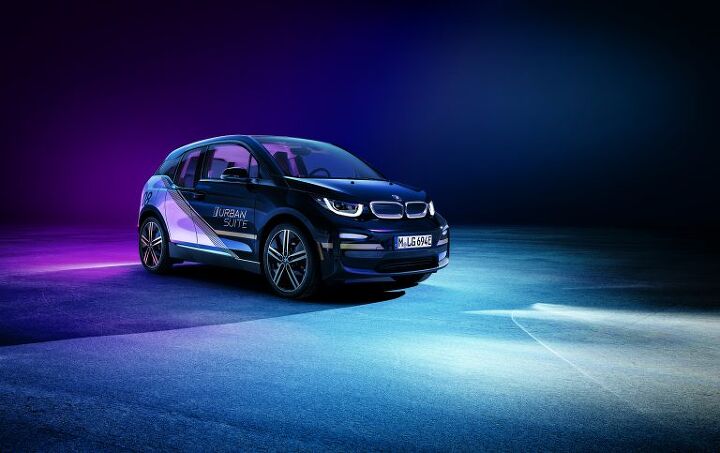


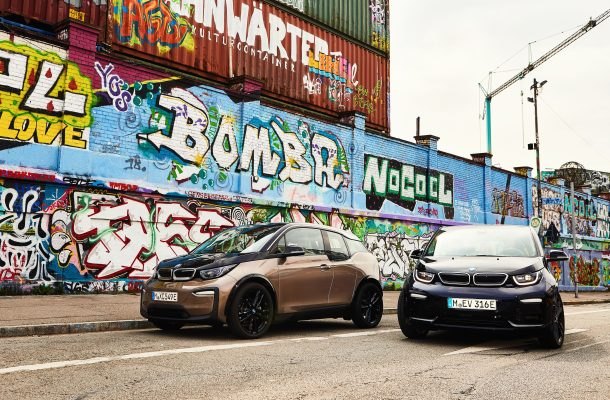
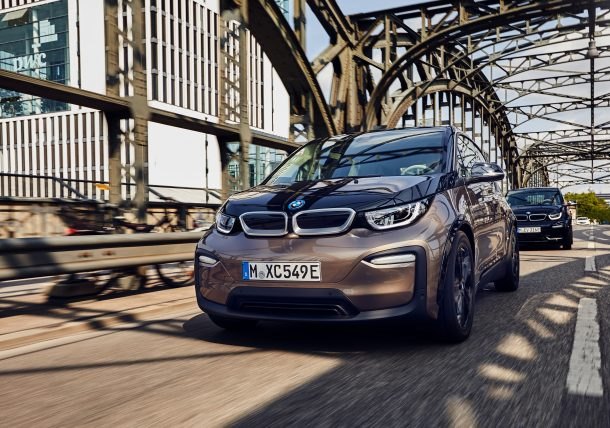


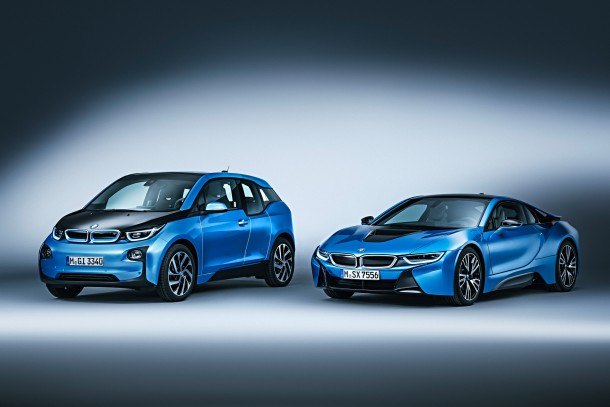

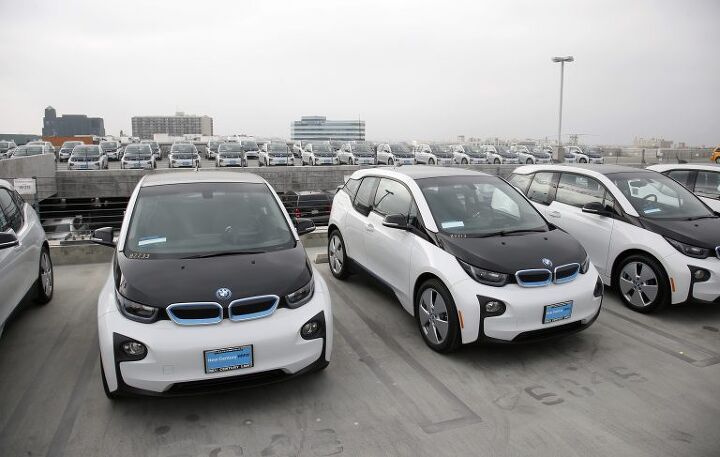
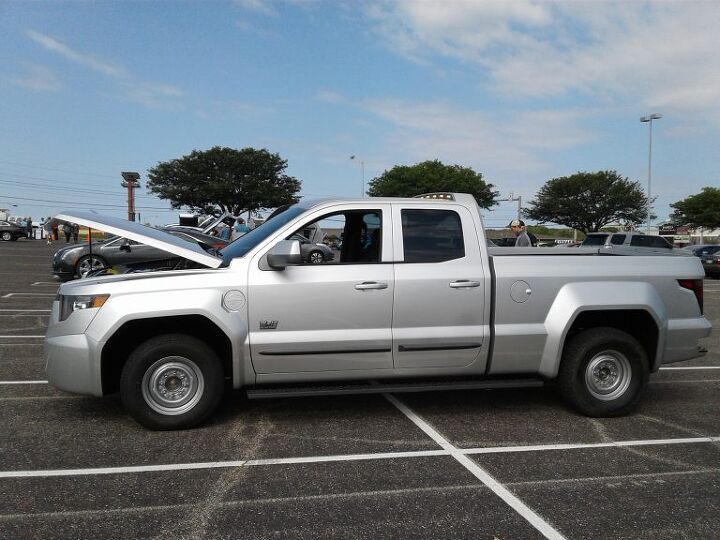















Recent Comments